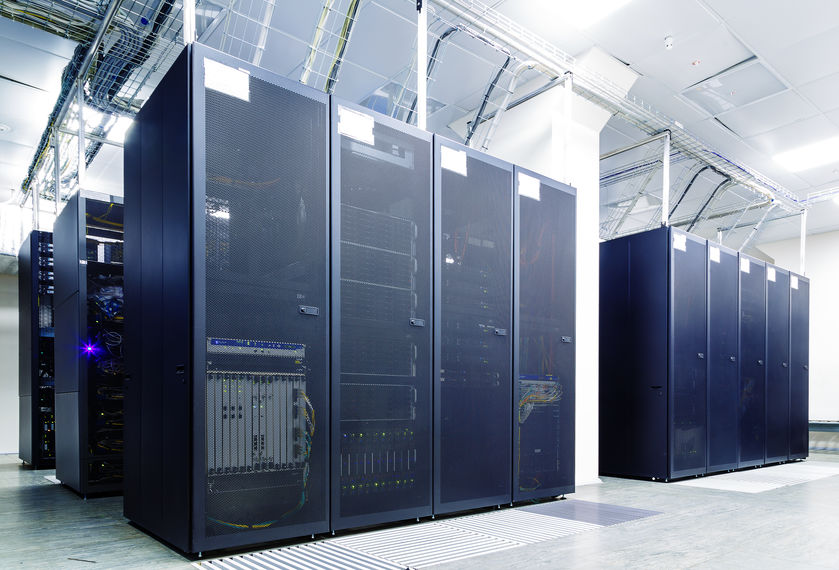Microsoft Dynamics 365 Business Central and the meaning of real cloud ERP
 Recently I was listening to a podcast that discussed migration paths from older, client/server ERP systems like Microsoft Dynamics GP to the cloud. This reminded me of a blog post I wrote a while ago about cloud based manufacturing ERP software, so I was quite interested in the content.
Recently I was listening to a podcast that discussed migration paths from older, client/server ERP systems like Microsoft Dynamics GP to the cloud. This reminded me of a blog post I wrote a while ago about cloud based manufacturing ERP software, so I was quite interested in the content.
I cut my teeth on these Client/Server applications. I entered the ERP space just as the old server-centric software model was being phased out, and the first Windows Client/Server applications were being introduced. I see a lot of parallels with the move to cloud today.
Of course, the idea of moving GP to either Dynamics 365 Business Central or Finance and Operations was discussed on the podcast episode. I think there is a general feeling that the “right” path from GP to the cloud is through Business Central, but having some experience with both products, I would not agree. The panel definitely got this right.
As the podcast proceeded, the conversation turned to a “hybrid cloud” option. Participants described this move to the cloud as a migration of the infrastructure hosting Dynamics GP to the cloud. This was presented as a stepping stone for the business application, and frankly I was disappointed.
All I could think was that the approach they described should not be called “cloud ERP” or even hybrid cloud ERP. True, cloud infrastructure has value, but in era that is being transformed by a new generation of business applications it is only part of the story. Businesses with older on-premises systems should have a clear understanding of what cloud ERP really represents, and how it differs from systems from the past.
What is cloud ERP?
Cloud software does not need to run in the cloud.
What? How does that make any sense?
My career in IT and ERP has now spanned multiple technology cycles, and each has been was defined by major changes in how software impacted organizations and their workers. In the case of the current era, the defining factors of cloud have little to do with either the billing model or the hosting model of the software. Of course, most buyers expect that cloud software is hosted in multi-tenant environments and billed as a monthly subscription, but those are the least important part of the technology.
To be cloud software, several conditions must be satisfied.
FREE Membership Required to View Full Content:
Joining MSDynamicsWorld.com gives you free, unlimited access to news, analysis, white papers, case studies, product brochures, and more. You can also receive periodic email newsletters with the latest relevant articles and content updates.
Learn more about us here